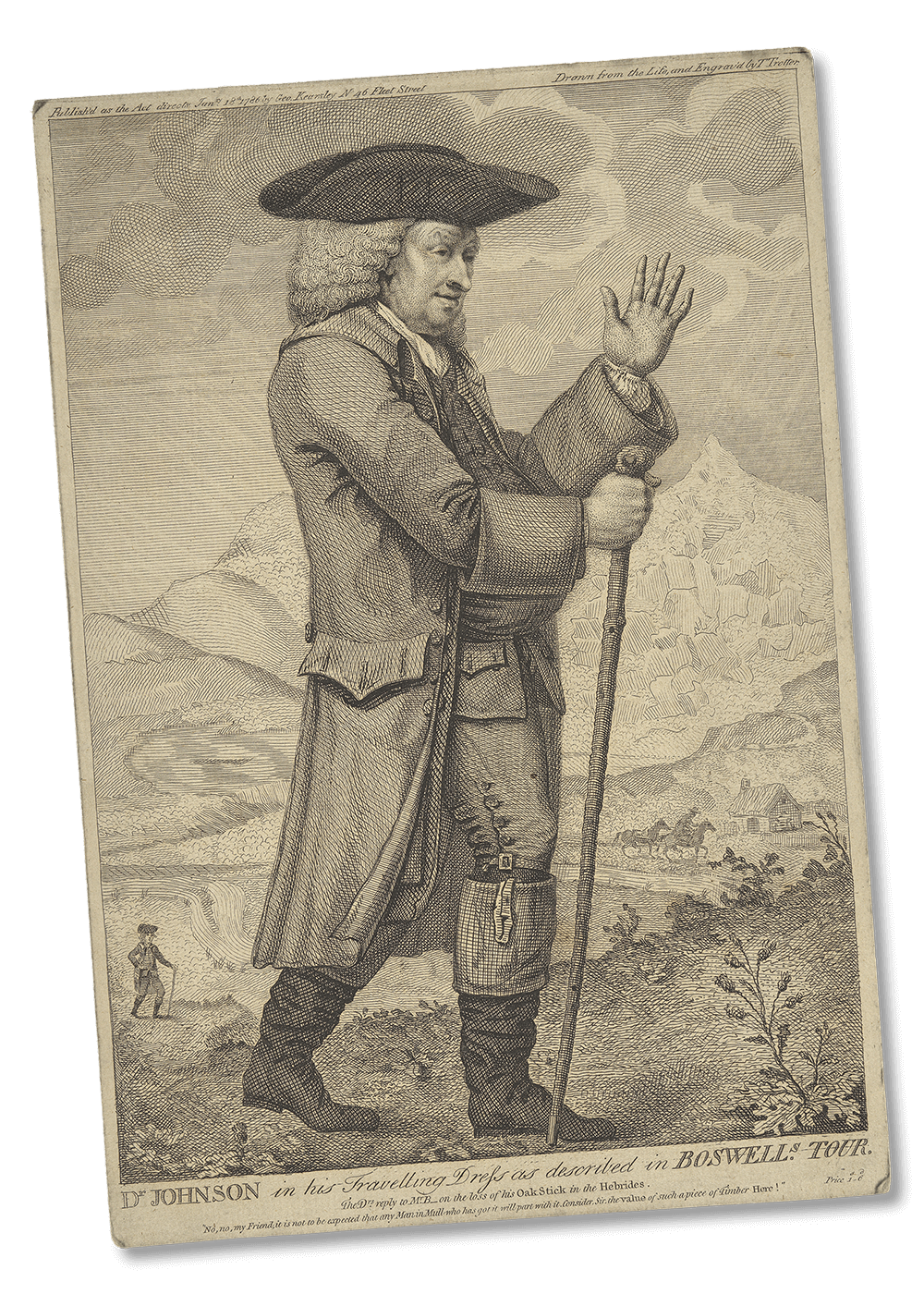Introduction
Much of Scotland’s dramatic and fast-paced change was driven by the vast profits deriving from the participation of scots in trade across the growing empire. The wealth generated paid for elegant new cityscapes as well as extensive remodelling of parts of the rural landscape.
Organised around a contrast of views of urban and rural places and peoples, this section may at first make it appear as if these worlds were quite divorced from each other. On closer look, it becomes apparent that these realms were being brought ever closer by the new transport network of the period, putting custom and improvement, the old and the new into striking juxtaposition.
Scotland as a terrain of enquiry
Many of the early visitors following in Pennant’s footsteps arrived in Scotland with the intention to open their mind to ‘a diversity of impressions, from general character to particular association -from ancient tradition, and recent celebrity – from customs and manners …’. The selection of key traveller’s accounts below illustrates their wide-ranging interests in the country.
Past and Present
The works selected here focus on the way in which artists captured in images their contemporaries’ interests in the Highlands and islands as places which had maintained their connection with the past while emphasizing how the modern world made its presence felt.
Islay
“…we came thither too late to see what we expected, Of what [the clans] had before the late conquest of their country, there remain only their language and their poverty. Their language is attacked on every side”. (Dr Samuel Johnson)
Urban and suburban Views
While some of the views gathered here were taken from locations on their way to becoming well-known beauty spots, others focus on the ongoing improvements of Glasgow as a modern city.

